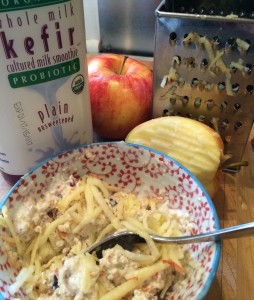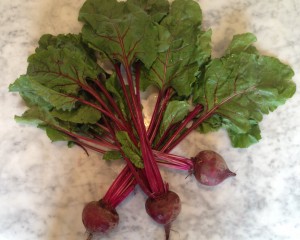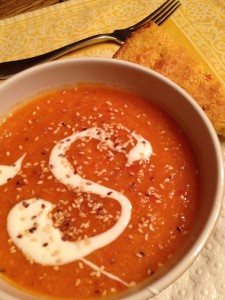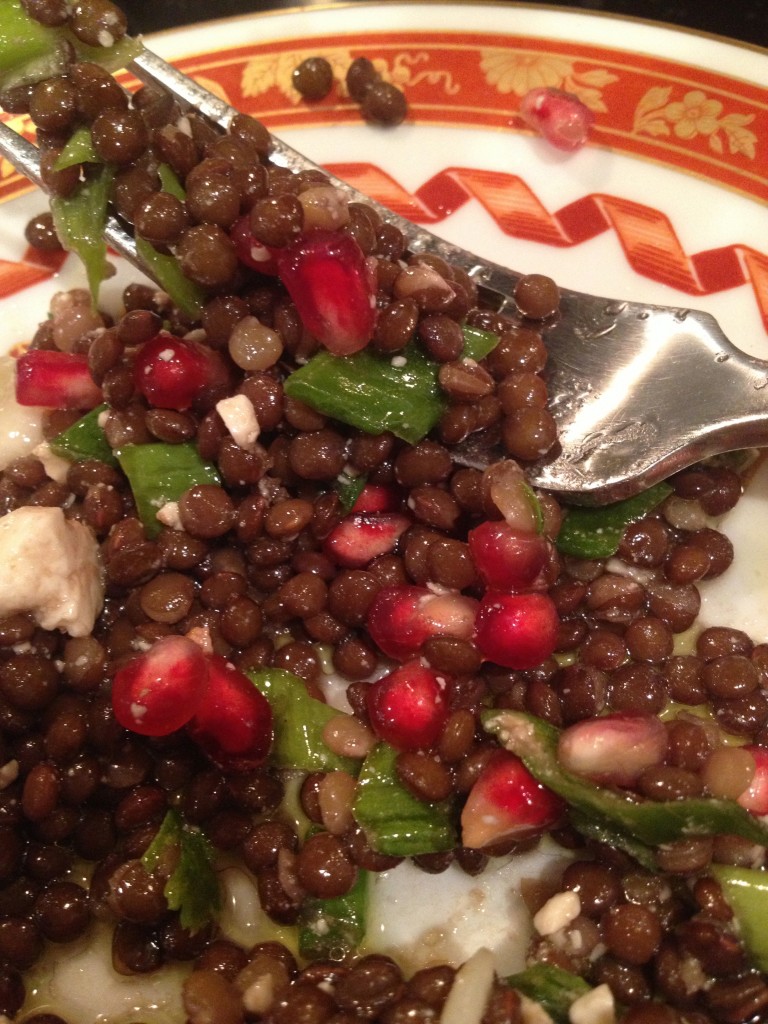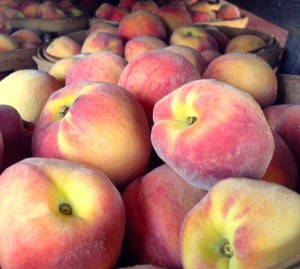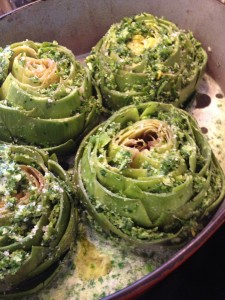Mares Eat Oats and Teens Eat Oats
My friend Julia sounded worried.
“I just don’t know if we’ll have enough food to satisfy them…” she said.
You should know that Julia is married to a gorgeous six-foot-something Texan, has views on chilli, has written and edited cookbooks, has worked in test kitchens of food magazines, cooked in fabulous French restaurants, makes wedding cakes with her daughter and throws parties for 50 without batting an eyelash. So I was surprised to hear her voice quaver at the thought of feeding my two teenage boys.
“Julia, it’s fine,” I said. ” Don’t worry. Anyway, I always have a bag of oats for them. They can each have a bowl of oats and milk if they get hungry. ”
Lady Bracknell’s “HANDBAG ?” was nothing compared to Julia’s “OATS? OATS? What, do you mean OATS? Katy, they are boys not horses!”
“I dunno, Julia. They’re tall and sort of massive, they don’t talk much, they look down their noses at me, when I ask them a question they tend to snort, they stamp around a lot, occasionally they run really fast, but mostly they like to stand there eating — they kinda seem like horses to me.”
“But OATS? RAW?”
“Well, think of it as really, really pared down muesli…besides, it fills them up.”
By now, Julia was laughing outright at my unorthodox teenage nutrition program. She can laugh all she wants, because I know that any day now she’ll be buying a bag of oats for her handsome young ‘horse’. Some days, you just don’t have time to whip up another pan of lasagne or roast a side of mastodon and a bowl of oats has to do. Frankly, a bowl of oats provides an excellent amount of fiber and a smattering of vitamins and minerals. As an added bonus, there is some research suggesting that oats lower cholesterol and stabilize blood sugar levels. Bring on the oats!
In the meantime, if plain raw oats and milk seems outlandish to you, you can ease your way into the idea by making some European-style Muesli; just toss some oats and nuts in a food processor and give it whirl. After I have made a big batch, I portion out a single serving and soak it over night in some plain kefir or almond milk or whole cow’s milk as well as some grated apple (in the fall and winter) or berries (in the spring and summer). In the morning it’s smooth, yet a bit crunchy and infused with the flavor of the fruit. It’s kind of like cold porridge. Of course, if the weather is chilly, there is nothing to stop you from pouring some warm milk over your muesli for a bowl of nutty, fruity hot cereal.


